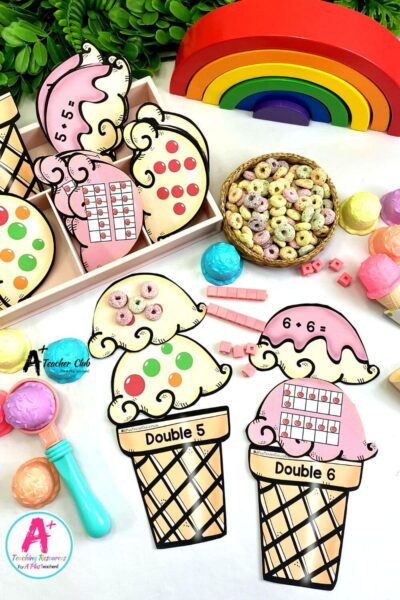Doubles – Near Doubles Mental Maths Strategy
Mental Maths
Teaching Mental Maths? You need to teach the Doubles -Near Doubles Mental Maths Strategy as part of your maths program. Continue reading to find out more…
Hey Teacher Friends! Today, we’re exploring another essential mental math strategy for young learners: doubles and near doubles.
Not only is it a fun strategy to teach but kids love learning this one too! Again it’s also a crucial foundation for more advanced math concepts. Let’s dive in!
Doubles – Near Doubles In The Curriculum
According to the Australian Curriculum, students in Years 1-3 are expected to develop their mental math skills, including the ability to double or halve numbers and to use near doubles to solve addition and subtraction problems.
How To Teach Doubles & Near Doubles
But how can we teach these concepts in a way that is engaging and effective? Here’s a lesson plan idea to get you started:
- Start the lesson by reviewing the concept of addition and the basic addition facts (1+1=2, 2+1=3, etc.).
- Introduce the concept of doubles and near doubles, explaining that doubles are when you add a number to itself (2+2=4), and near doubles are when you add a number to the number that comes before it (2+3=5).
- Use the whiteboard and number chart to model some doubles and near doubles problems, and have students practice identifying them.
- Provide each student with a set of counters or small manipulatives.
- Ask the students to make doubles and near doubles combinations using their manipulatives, and record their findings on the board.
- Have students practice using their knowledge of doubles and near doubles to solve addition problems, using addition flashcards or written problems.
- Use the Basketball game below to play a game of “Near Doubles Bingo,” where students have to identify near doubles pairs on their bingo cards.
- Finally, assess the students’ understanding of doubles and near doubles by having them solve a set of addition problems that include doubles and near doubles.
By the end of this lesson, students will have a solid understanding of doubles and near doubles, and be able to use this mental math strategy to solve addition problems. With practice, they’ll be able to apply this concept to more complex math problems in the future.
Check out the range of hands-on teaching resources if you want to easily incorporate this mental math strategy into your classroom.
Download them now and let’s make math a blast for our young learners!
Resources listed in this collection
Click to jump to...Doubles & Near Doubles Activities
Explore tags
More Mental Maths Activities

Place Value - Partitioning Numbers

Commutative Property - Flip-Flops Addition Mental Maths
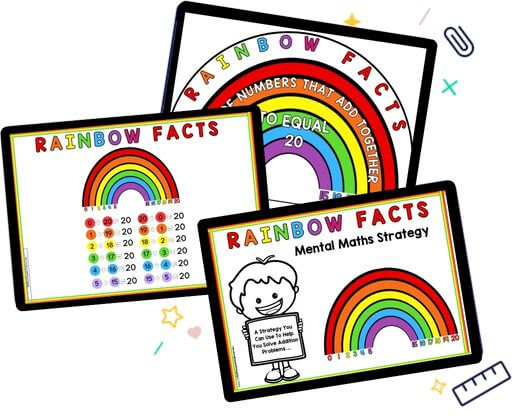
Rainbow Facts to 20 - Addition Mental Maths Strategy

Digi Mental Maths Strategies Games
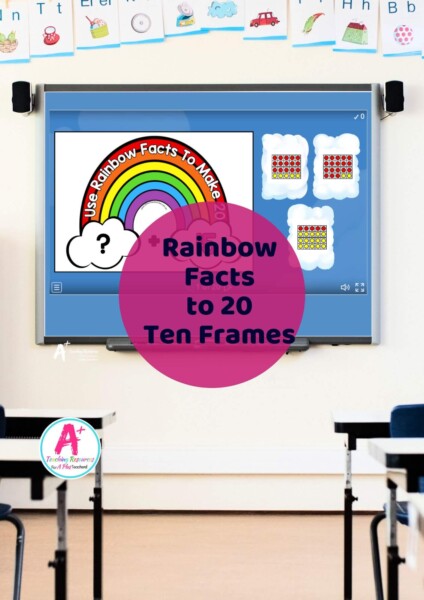
Addition Rainbow Facts -20 (ten frames)
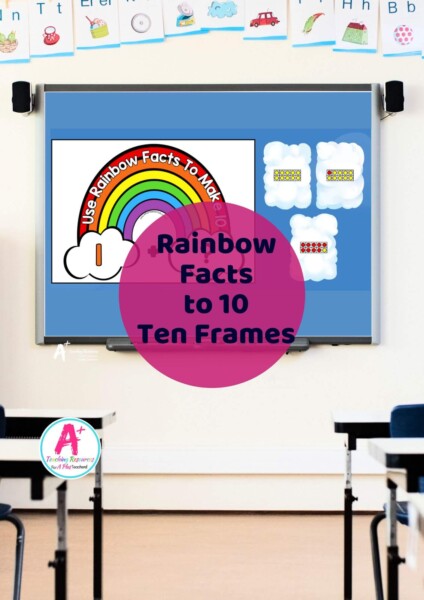
Addition Rainbow Facts -10 (ten frames)

Addition Rainbow Facts - 30 (missing Numbers)
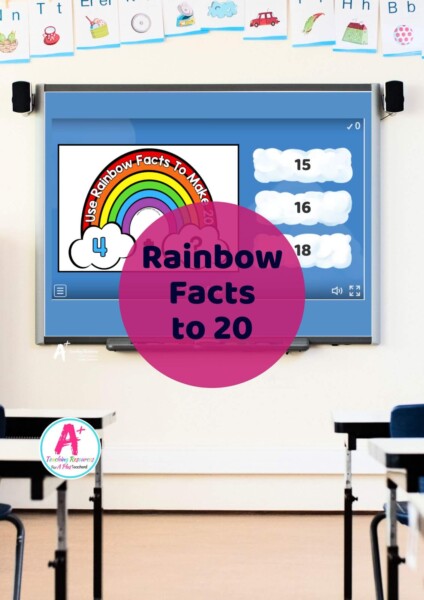
Addition Rainbow Facts -20 (missing numbers)

Addition Rainbow Facts -10 (missing numbers)
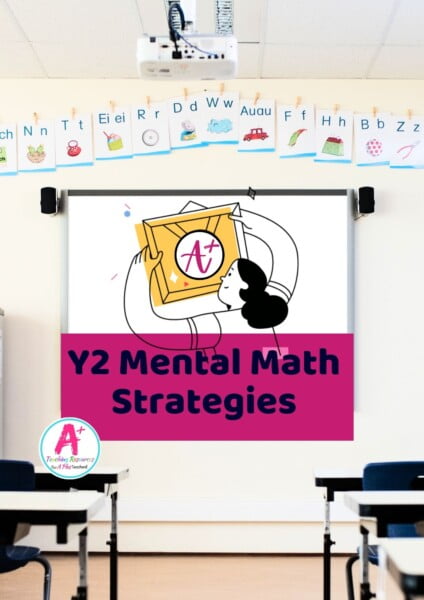
Explore Our Mental Maths Strategies Collection
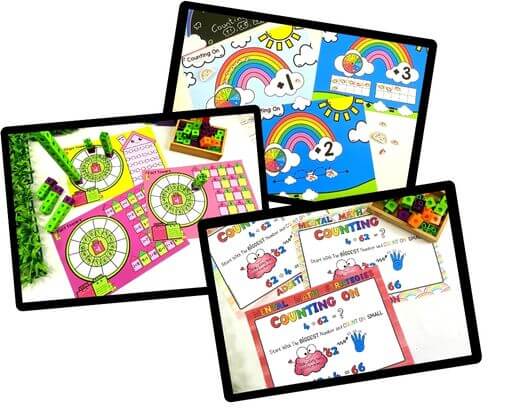
Counting On Mental Maths Strategy
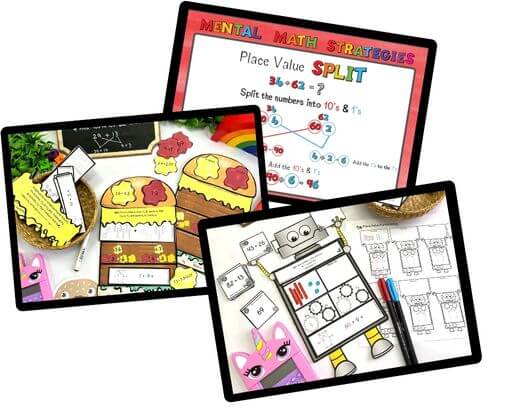
Partitioning / Split Mental Maths Strategy
Can't find what you're looking for?
Send us a request! Use this form to request a resource. Please give details of the learning area, topic, year level, curriculum links. We’ll be happy to take a look to see if we can fit it in. Unfortunately a request does not guarantee we will be able to make it!
"*" indicates required fields



